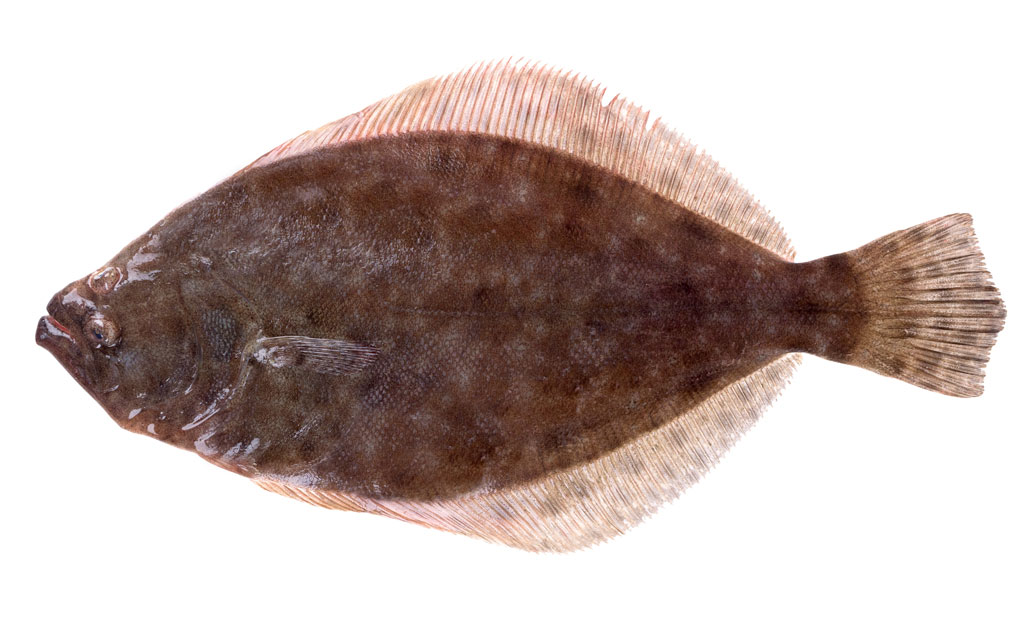TEXAS A&M-CC SCIENTIST DISCOVERS NEW CANCER TREATMENT — Cold plasma can kill leukemia cells says a team of Texas A&M-Corpus Christi researchers recently. Led by director Dr. Magesh Thiyagarajan, the team's discovery can prolong lives without the trauma of traditional cancer treatments like chemotherapy and radiation.
The everyday plasma we all know from televisions and fluorescent lights is made by heating up gas molecules to form what looks like a colored ray of light. Cold plasma treatment creates this light without using heat. When the ray of light called “cold plasma” is aimed at cancer cells, something incredible happens.
“Cold plasma induces the cancer cells to self-destruct, but it can leave the healthy cells unharmed,” Thiyagarajan says.“Within 24 hours, we began to see the destruction of over 90 percent of the cancer cells.”
Because healthy cells are less reactive than cancer cells, they are not harmed by the blast of cold light. The cancer cells self-destruct "in a rage of apoptosis," Thiyagarajan says.
He explained the process this way. Cancer cells can be killed in two different ways: apoptosis or necrosis. Apoptosis is a natural and beneficial process that involves a series of biochemical events leading up to the cell’s death. Necrosis is caused by external factors such as infection, toxins, or trauma. When Thiyagarajan treated cancer cells with cold plasma he discovered that it could induce either or both apoptosis and/or necrosis depending on how he fine-tuned the cold plasma device.
“In most cases apoptotic cancer treatment methods are preferred over necrosis,” said Thiyagarajan. “An exception is in treatment of tumorous cancers, where necrotic process is also beneficial.”
Could decrease cancer
Each year, nearly 11 million people worldwide are diagnosed with cancer, and because of increasing populations, the cancer rate is rising. Thiyagarajan says that leukemia is the hardest cancer to kill, creating a tremendous need for better and more efficient leukemia treatment methods.
“Because the patients suffer through the long-term side effects such as hair loss, memory impairment and nerve damage from current treatments, the demonstration of cold plasma as a highly potential cancer treatment is a significant breakthrough at many levels,” he says.
This treatment could possibly transfer to other types of cancer with similar results, Thiyagarajan believes. Further testing is needed before this can be tried on humans but Thiyagarajan says with additional funding, it could be available for clinical trials in as soon as three to five years.





